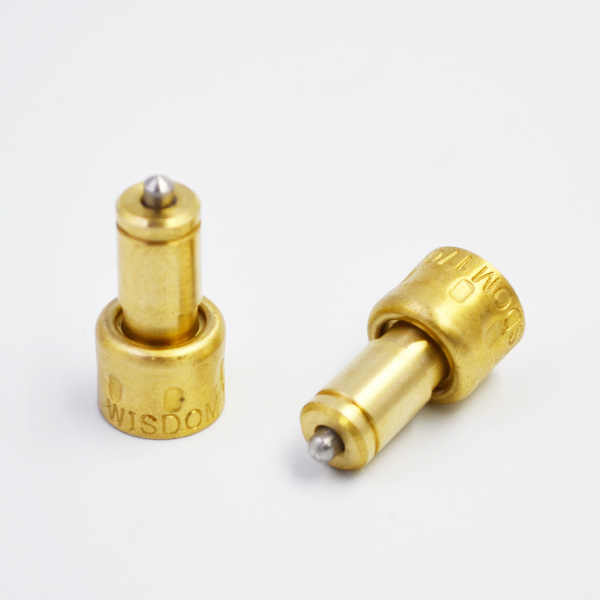In this paper, the parameters of the transfer function of the PID controller and the functions of the controlled object are given. Then the digital PID controller is designed by bilinear transformation method. The control effect of the discretized bilinear transformation method is analyzed for the controlled object. It is found that the bilinear transformation design method is not suitable for the design of the digital PID controller. Finally, the reason why the PID controller can not be discretized by bilinear transformation method is analyzed. It has been nearly 70 years since the advent of PID controller. It has become one of the main technologies of industrial control because of its simple structure, good stability, reliable operation and convenient adjustment. When the structure and parameters of the controlled object can not be fully mastered or the precise mathematical model can not be obtained, the structure and parameters of the system controller must be determined based on experience and field debugging.
At this time, the application of PID control technology is the most convenient.

That is, when we do not fully understand a system and the controlled object, or can not obtain system parameters through effective measurement means, it is most suitable to use PID control technology. With the development of digitalization, various discrete methods of PID controller emerge one after another.
All kinds of discrete methods have their own advantages and limitations.
In this paper, bilinear transformation method is used to analyze the discrete problems, and the reason why PID controllers can not be separated by bilinear transformation method is obtained. The system is a type I system, so when the input is a step signal, the steady-state error of the system is 0. Because the integral part I of the PID controller provides an open-loop pole at the origin of the system, the type of the system is improved and the stability of the system is guaranteed. The dynamic performance of the system is good, the overshoot_%=0, the regulation time t=3.
4s and the rise time t=2.9s. It can be seen that after the bilinear transformation, the output of the system in a long time is very small. The output of the system increases after a certain period of time, and the amplitude of the disturbance increases as time goes on, which seriously destroys the performance of the system and finally causes the system to collapse. In fact, the PID controller is composed of proportional link P, integral link I and differential link D. So which of them makes the output oscillate so violently? Obviously, the proportional link can not make the system diverge over time, it only changes the system gain.
Therefore, only a single integral or differential link is used to discretize and observe the performance of the system, so as to find out the cause of the oscillation. When only integral links are used, D (s) =, D (z) =, G (z) =. It can be seen from figs. 4 and 5 that the steady-state error of the system is 0, the overshoot_%=31, the regulation time t=11.6s and the rise time t=1.3s when only the integral link is used. Integration only changes the dynamic performance of the system, making the dynamic performance of the system worse, but does not change the steady-state performance of the system.

The differential controller makes the steady-state performance and dynamic performance of the whole closed-loop system very poor. After a period of time, the disturbance amplitude of the system becomes more and more serious, and eventually the whole system will collapse completely. That is_2 _2 < 1. This corresponds to the interior of the Z plane unit circle. Therefore, the bilinear transformation maps the whole left half plane on the S plane to the inner unit circle on the Z plane with the origin as the center (this is the stable region on the Z plane). Similarly, bilinear transformation maps the right half plane of S to the outside of the unit circle, and the imaginary axis of S plane to the unit circle (the mapping relationship is shown in Figure 6) [2-3]. Because the differential link is discretized by bilinear transformation, there is a pole of z=-1 and a zero of z=1. The poles of z=-1 correspond to the infinity of the imaginary axis in the S plane, and the zeros of z=1 correspond to the origins in the S plane. The poles of z=-1 make the unit step response of the system equal amplitude oscillation curve, and z=1 zeros increase the overshoot of the unit step response of the system. Therefore, only by using differential links, the unit step response of the system is very small in a long time, but the output of the system increases after a certain period of time, and the amplitude of the disturbance increases with the extension of time. Therefore, thermostatic element from the above simulation and principle analysis, we can see that the root cause of the instability of the digital PID controller designed by the bilinear transformation method is the differential link. Therefore, it can be concluded that the controller with differential links can not be discretized by bilinear method.
